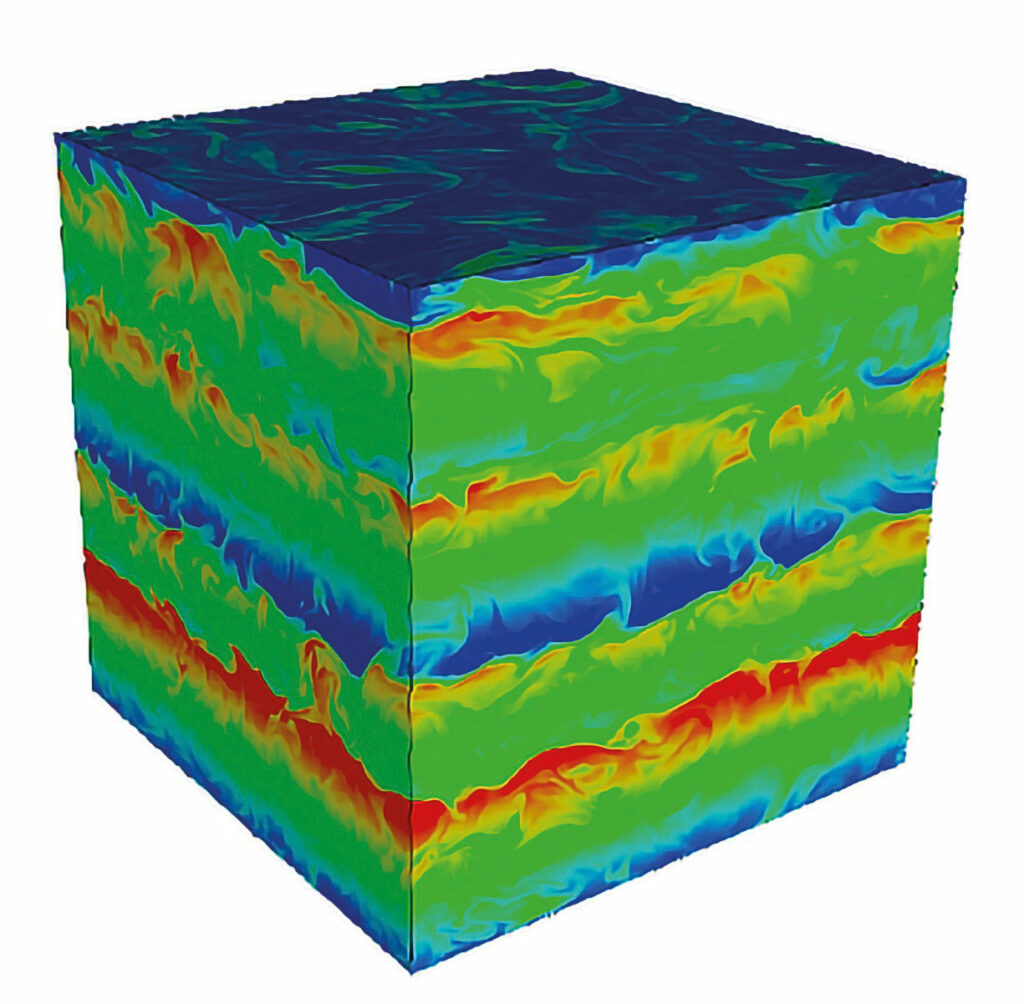© thefishface / flickr.com / CC BY-NC-ND 2.0
In brief
News from the Arctic (2022.04)
Sinking and shrinking: Iceland’s disappearing driftwood
A steep decline in the amount of driftwood arriving on Iceland’s shores is bringing the country’s culture and history into the climate conversation. Like a natural conveyor belt, sea ice once carried trees such as larch, spruce and pine felled by logging in central Siberia to Iceland and other northern communities. This worked well for Iceland, whose own trees were too sparse and small for building.
It normally takes about 10 months for wood floating on open water to become waterlogged and sink. However, because the Arctic Ocean experiences freezing and thawing cycles, timber could drift for lengthy periods in the Arctic waters without soaking up water, eventually washing up on shore as driftwood.
But researchers have noticed a steep decline in the amount of driftwood arriving in Iceland. They chalk it up to the climate crisis: with warmer temperatures and less sea ice, driftwood can now absorb water and sink before it reaches Iceland’s shores. Based on simulations, it’s possible that by 2060, no driftwood at all will make the journey.
Although modern Icelanders no longer rely on driftwood for lumber, they still use it in sculptures and to restore heritage buildings.
Mystery solved: Researchers demystify temperature and salinity staircases in the Arctic Ocean
Researchers have known about temperature and salinity “staircases” in the oceans since the 1960s—but until recently, it wasn’t clear how they were created.

A simulation depicts the strongly defined changes in temperature and salt that form staircase-like structures within the Arctic Ocean. Photo: © Ma, Y. and Peltier, W.R., 2022. Thermohaline-turbulence instability and thermohaline staircase formation in the polar oceans. Physical Review Fluids, 7(8), p.083801. DOI: https://doi.org/10.1103/PhysRevFluids.7.083801
Common in many regions, these staircase-like ocean structures contain a mix of warm salt water and cooler fresh water. They are characterized by step-like layers with vertical temperature and salinity profiles that can range from tens to hundreds of metres in thickness.
In a study published in Physical Review Fluids, a team of researchers from the University of Toronto reported discovering “a new mechanism of hydrodynamic instability” that offered insights into how these thermohaline staircases form. The theory is that they assemble spontaneously when the turbulent intensity determined by the buoyancy Reynolds number (a measure that describes turbulent mixing in the open ocean’s stratified environment) is weak enough.
Understanding thermohaline staircase formation in the Arctic Ocean could shed more light on the causes and consequences of rapid sea ice loss amid the climate crisis. It could also contribute to global warming projections and inform efforts to slow sea ice loss because the staircases amplify the flow of heat from the ocean into the overlying sea ice.
Life on the seafloor: Hidden phytoplankton could alter the carbon cycle
Scientists thought they understood what happened to microscopic algae after they bloomed on the surface of the Arctic Ocean each spring: the algae sank to the seafloor where, without light, they stabilized or died.
But recently, University of Tokyo researchers discovered that phytoplankton may be capable of blooming at the bottom of the Arctic Ocean. The researchers hypothesized that in shallower Arctic marine areas that are no longer covered by sea ice in summer, sunlight can reach the bottom of the ocean, triggering the blooms.
To test this theory, they re-created seafloor temperature and lighting conditions in the Chukchi Sea before incubating sediment samples for 24 days. Microscopic algae bloomed in the samples even when the irradiance was only 1 per cent of what is normally found on the water’s surface.
Phytoplankton are a critical element in the Arctic food web whose dynamics affect the ecosystem. Phytoplankton also affect the carbon cycle because they remove carbon from the environment when they grow. If primary production is indeed taking place on the seafloor, the implications could be significant.
The scientists hope to study additional shelf areas and collaborate with ecosystem modellers to get a more precise understanding of the blooms’ distribution and impact.
Underwater noise: New study finds invertebrates’ activities may be altered by noise
Marine invertebrates on the seafloor—such as mussels, crustaceans and worms—continually change the sediment they live in by burrowing, feeding, aerating and fertilizing it. These activities contribute to nutrient cycling in the ocean and affect the amount of carbon from dead organic matter that is stored in the seafloor.
But a new study led by the Alfred Wegener Institute for Polar and Marine Research suggests that noise caused by human activities is subjecting these organisms to increased stress that could alter their activities. This could affect important marine ecosystem functions, including food availability for organisms higher up in the food web, such as fish, and in the Arctic, bearded seals and walrus.
The study looked at how crustaceans, mussels and worms respond to low-frequency noise and how frequently and intensively they can transform and break down sediment during noise exposure. The researchers concluded that human-made noises could stop seafloor invertebrates from cultivating and restructuring sediments.
Understanding how human activities affect organisms on the seafloor is important because as the Arctic warms, the amount of human activity in the area—and the noise that goes with it—will continue to increase.
By WWF Global Arctic Programme